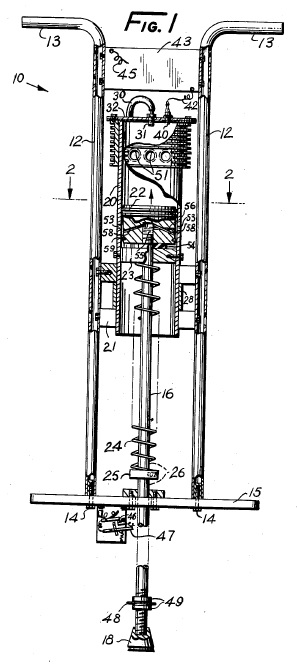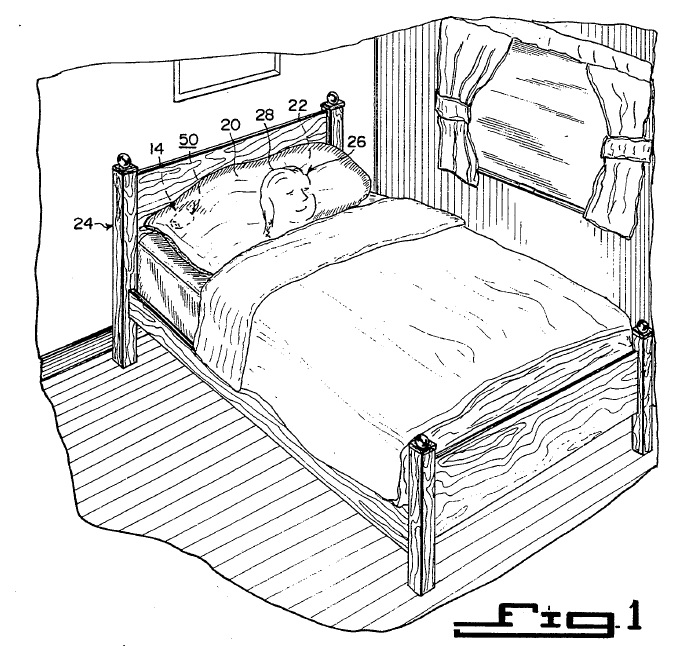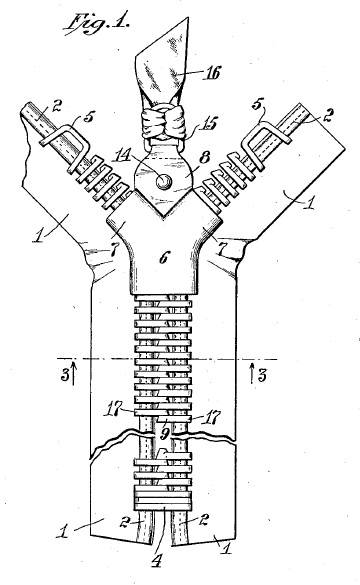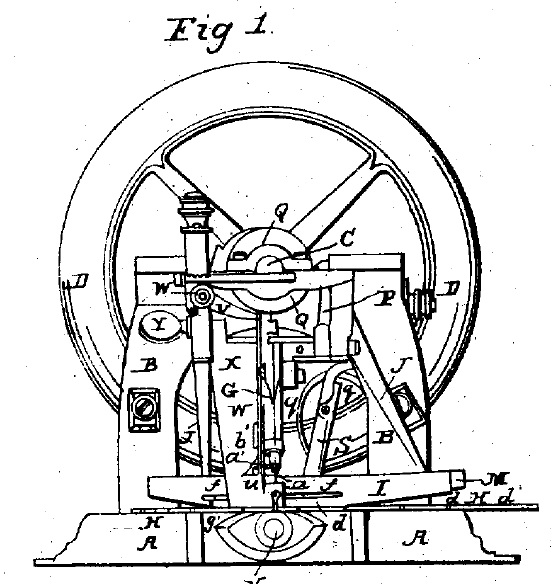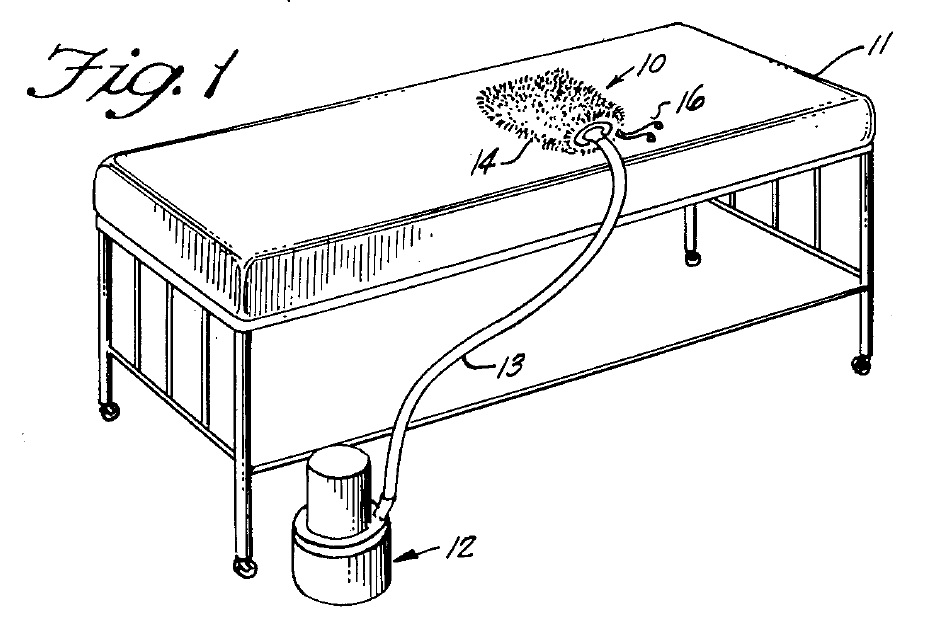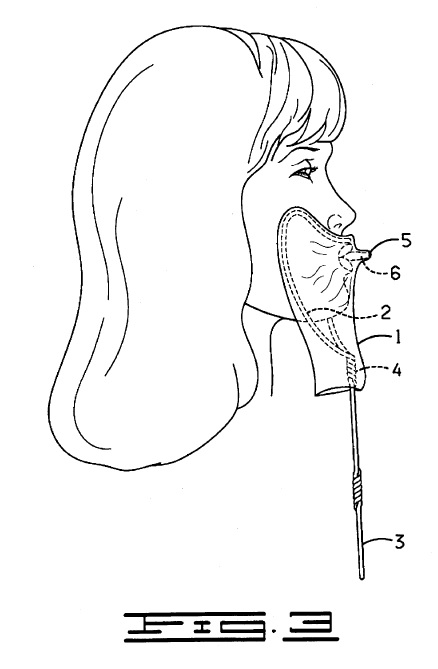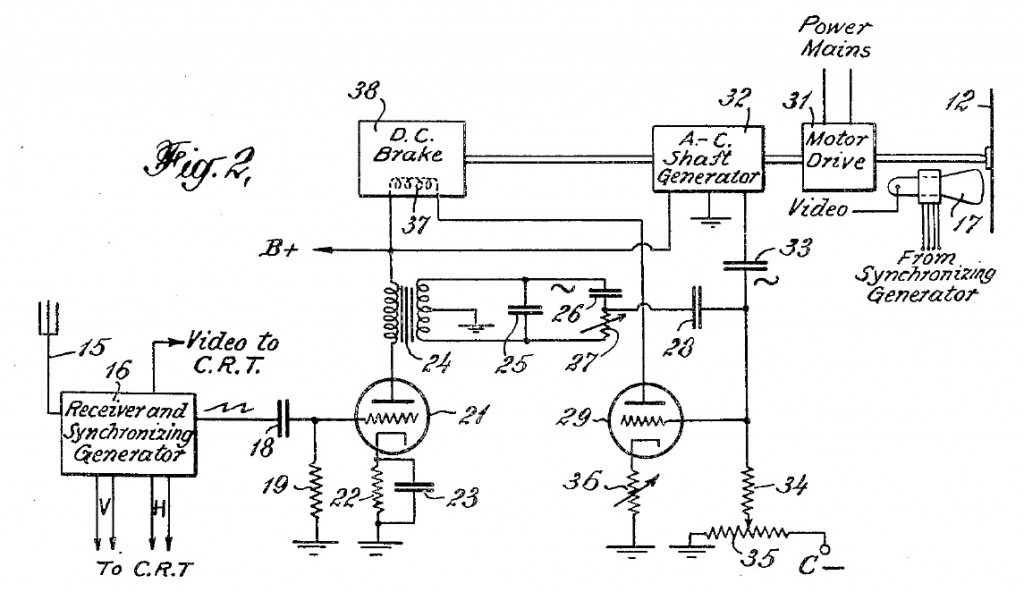In Mag Aerospace Industries, Inc. v, B/E Aerospace, Inc., [2015-1370, 1426] (March 23, 2016), the Federal Circuit affirmed summary judgment of non-infringement, and the district court’s ruling that the doctrine of assignor estoppel barred B/E from challenging the validity of the patents.
One of the inventors of the patents-in-suit, Pondelick, now works for B/E..but Pondelick assigned the patents to his former employer, who in turn assigned them to MAG. The district court concluded that Pondelick was in privity with B/E and thus that assignor estoppel applied to bar B/E from attacking the validity of the patents.
The district court analyzed a number of factors identified in Shamrock Technologies to determine whether a finding of privity was appropriate:
- the assignor’s leadership role at the new employer;
- the assignor’s ownership stake in the defendant company;
- whether the defendant company changed course from manufacturing non-infringing goods to infringing activity after the inventor was hired;
- the assignor’s role in the infringing activities;
- whether the inventor was hired to start the infringing operations;
- whether the decision to manufacture the infringing product was made partly by the inventor;
- whether the defendant company began manufacturing the accused product shortly after hiring the assignor; and
- whether the inventor was in charge of the infringing operation.
The district court acknowledged B/E’s arguments but found on balance that assignor estoppel was appropriate. The Federal Circuit found that the district court’s conclusion was not clearly erroneous, agreeing that many of the Shamrock factors weigh in favor of finding privity.
Of course the PTAB does not apply Assignor Estoppel, so patent challengers should raise their challenges there, and patent assignees should consider language in their assignments to forestall such challenges.

